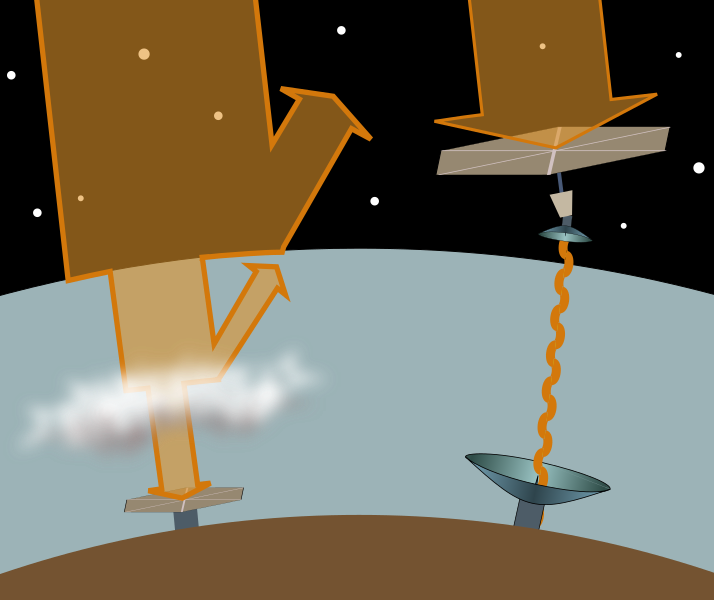
Space Solar Power Crowd Bets on Obama
"Advocates of using satellites to beam solar power from space to Earth hope U.S. President Barack Obama's campaign promise to develop alternative energy sources will help resurrect NASA's interest in the technology.NASA has been without an official space solar power program since 2002, although a coalition of government and private industry volunteers has kept alive visions of demonstrating how the United States might one day draw energy from the sun and transmit it to Earth via microwave beams."
From Yahoo! News Space.com









